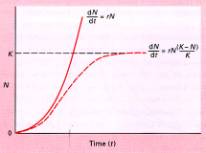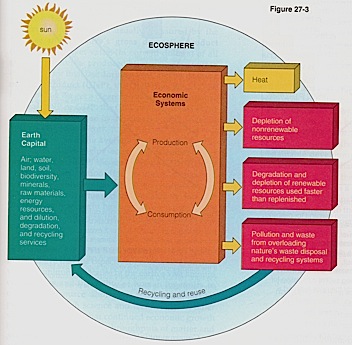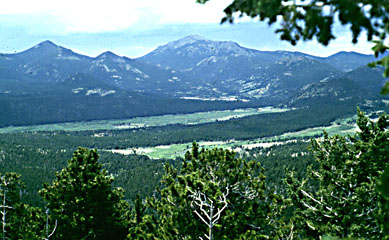as part 3 in ![]() Chapter 11, Consumption and its
Costs
Chapter 11, Consumption and its
Costs
Accounting for natural assets | Worth of ecosystem services | conservation
![]()
 Argument
Argument
There is an optimal exploitive range of extraction any species can impose on the biosphere in the aggregate amount of ecosystems’ goods & services consumed.
Optimum conditions are the fundamental basis for understanding applied ecology.
“Irreplaceable income that can support a population” Current population = 6.8 b.
211
“. . . is being supported not by the income from natural capital but from steady depletion of the capital itself, “
212
Natural capital is “irreplaceable on a time scale the is of interest to humanity.”
212
"The Earth’s economies would soon collapse without fertile soil, fresh water, breathable air, and an amenable climate."
"But 'infinite' too often translates to 'zero' in the equations that guide land use and policy decisions. Practitioners in the young field of ecological economics believe more concrete numbers are required to help nations avoid unsustainable economic choices that degrade both their natural resources and the vital services that healthy natural ecosystems generate.
In one of the first efforts to calculate a global number, a team of researchers from the United States, Argentina, and the Netherlands has put an average price tag of US$33 trillion a year on these fundamental ecosystem services, which are largely taken for granted because they are free. That is nearly twice the value of the global gross national product (GNP) of US$18 trillion [1]."
Half of that annual productive value or more is the estimated worth of soil fertility.
World Resources Institute, http://www.wri.org/publication/content/8381
Robert Costanza et al., “The Value of the World's Ecosystem Services and Natural Capital,” Nature, Vol. 387 (1997), p. 256-259.
1. defines the ecosystem functions of the biosphere; the ecosystem is a participatory partnership.
a. slow accumulation of products from
i. solar, &
ii. geothermal, energy sources
b. an accretion, or buildup of organic matter from living things
2. describes a condition where net primary productivity is in surplus
a. coral reefs, many thousands of years • food fisheries
b. forests, hundreds to thousand years • food, fuel, tools
c. grasslands, thousands of years of food, fuel, fodder[1], fiber
d. oil, coal & gas, Permian and Pennsylvanian
3. denotes a stable from an unstable situation
a. restoring natural capital
b. consuming natural capital
ii. groundwater
iii. biodiversity
§ “more readily renewed natural capital” implies a rate of replenishment.
212
• “potential emergence of new lethal strains” implies a capacity to resist or buffer.
232
| Solar or geothermal | ||
|---|---|---|
| Energy | ||
 |
||
| geo-physical habitat | biotic community | |
| .........Life subsists | ||
a measure of performance
in terms of a rate of return[2]
![]()
![]() habitat
habitat
biotic community biomass amenity[3]
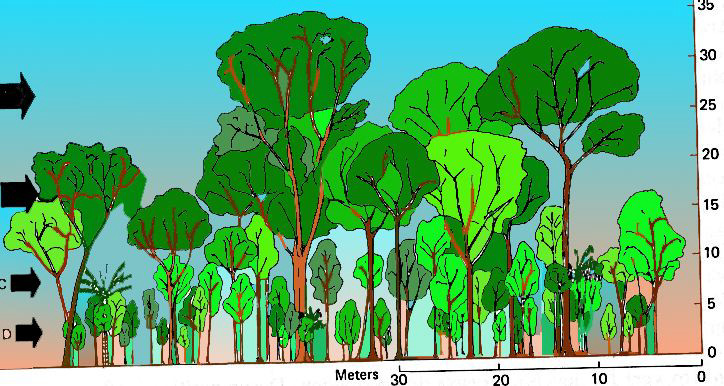
Without forests there are no springs to supply water, thus woodlands and civilization are unrecognizable partners.
Sustained yield forestry, developed from fishery studies in 1870s & 1880s and was applied to farms and timber. |
||
| Formula | 
|

|
“To assume economic growth in its present form can simply continue indefinitely, however, is to ignore civilization’s progressive malady, of which the most prominent symptom is the loss of natural capital.”
(219)
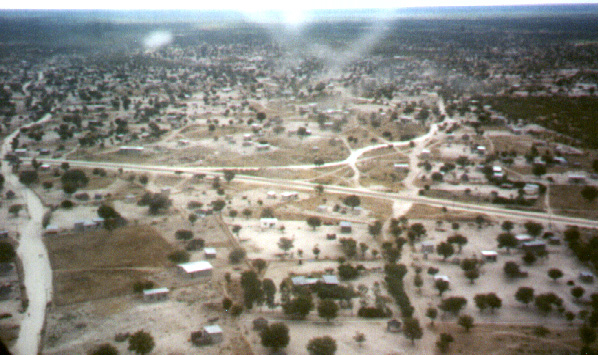
New Consumers
twenty leading and transitional nations:
with purchasing power equivalent to $2,5000 per year in the USA
China, India, South Korea, Malaysia, Brazil, Argentina, Mexico, Russia, Turkey
[me] Thailand, Indonesia,
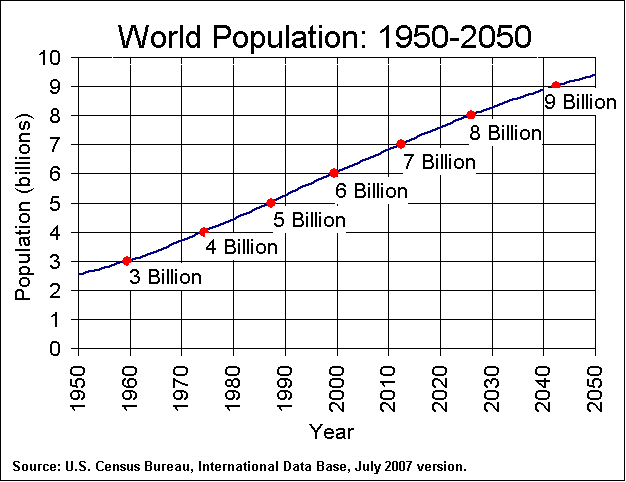
Over a billion people
125 million cars to 245 million cars in 2010, “a quarter of the world’s fleet.”
“downside of neglected social costs- (those captured by the market plus those borne by society as a whole)–climate disruption, resource wars over petroleum, pollution and its health effects associated with automobile use –will need to be dealt with.
p. 220
“exacerbate global environmental and resource problems–unless”
220-221
More on the concepts of capital accumulation and living off the interest[4]
Sustained yield forestry, developed from fishery studies in 1870s & 1880s.
Fisheries rely on solar energy converted by plankton and currents moving unavailable but essential elements into the producing and consuming populations; including nitrogen, phosphorus, magnesium, copper, calcium & iron
Forests rely on solar energy converted by leaves and decomposers recycling needed nutrients & especially magnesium to new growth
Gross primary productivity, GPP
– Respiration – R
= net primary productivity NPP
NPP or net primary productivity
Minus the number of trees timbered per year of mature growth
= yield
NPP – trees timbered per year of mature growth = yield
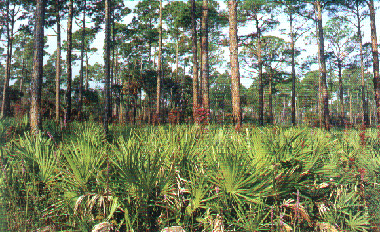
Types of forests and their growing time:
Pine is fast growing -- decades
Douglas fir have intermediate growth rates -- century
Redwood, yew, hemlock are slow growth rates -- centuries
How others pay the price for us
• Rainforest destruction internationally 221-222
• Garbage shipped to developing nations
• Developing nations selling fishing rights to Europe, Japan. Russia
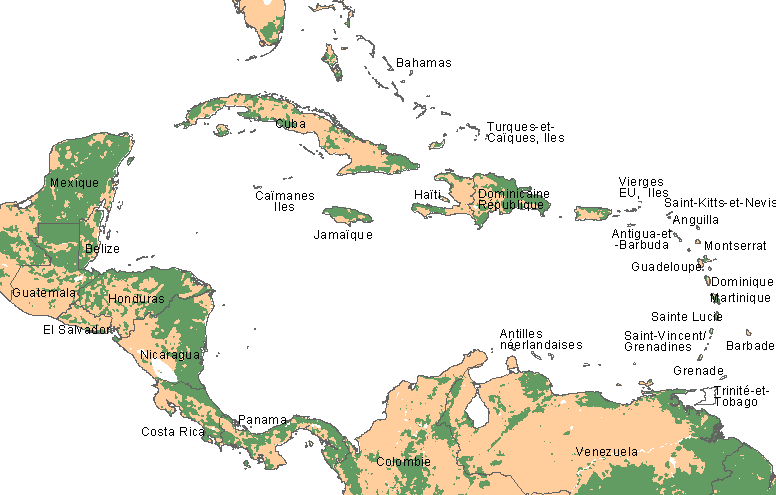
Remaining forest cover in the Antilles, Central America, and the Caribbean.
